Melilotus officinalis
A European flower often growing along roadsides and railroads
Melilotus officinalis yellow sweetclover
This member of the pea family (Fabaceae) is easy to see while driving as it frequently grows along roads and other disturbed locations. It is a smooth, normally biennial plant that has narrow three-part leaves. These leaves have small teeth at the upper end. When in bloom, this species has long tapering spikes of fragrant yellow pea-like flowers. These spikes can be up to 6 inches long. It is an alien species native to Eurasia introduced here as a fodder crop. It has widely naturalized in North America and is found in every county in Pennsylvania.
Like most members of the pea family, the yellow sweet-clover is a legume and has bacteria associated with its root nodules that can enrich the soil with nitrates by “fixing” atmospheric nitrogen. As a biennial plant, it only blooms in the second year of its growth. The individual flowers on the spike are about 1/3-1/4 inches long. The fruit is a small oval pod containing one seed. The seeds can remain viable in the ground for up to 30 years. The seeds are eaten by upland game birds such as grouse.
Yellow sweet-clover can grow 2-5 feet high and has a strong taproot. This root and lateral roots may be 5 feet deep in the soil by July. The stem often branches and can be bushy in appearance. The flowers bloom from May to October. This species is resistant to drought and tolerates a wide range of soil conditions. In some areas it is considered a harmful invasive species. Control measures involve the use of herbicides, cutting or pulling up the plants before they produce their seeds. Prescribed dormant season burnings of fields is counter-productive since that seems to stimulate seed germination in the soil.
On the positive side, the young leaves can be added to salads or cooked as a potherb. Young shoots have been consumed like asparagus and the seeds can be added to soups and stews. The plant has a sweet vanilla-like odor when crushed. This is due to the chemical coumarin, and the dried plant can sometimes be used for flavoring food. When fodder containing yellow sweet clover becomes moldy, however, the coumarin can convert to dicoumarol a dangerous anticoagulant toxin that may affect cattle. In the chemical industry dicoumarol is extracted to make a rodent poison. In 1939 research on this led to the development of warfarin, a medical anti-coagulant.
A similar species is white sweetclover (Melilotus albus) that blooms a bit later than the yellow species. Both are widely used as pasture crops and as source of nectar for honeybees.
Habitat & Range
Common in fields, roadsides, and waste grounds.
Present throughout the state.
| EMP: | FACU |
|---|---|
| NCNE: | FACU |
Phenology
Flowers May to November.

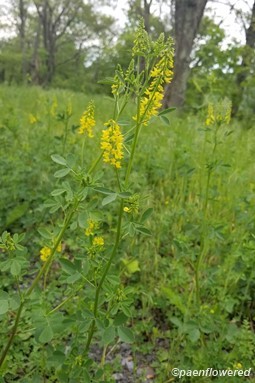

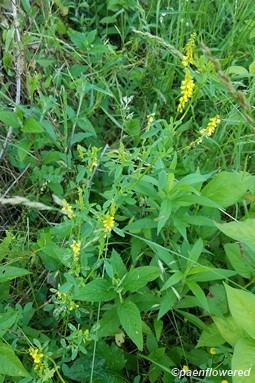
.jpg?v=638488505470000000)
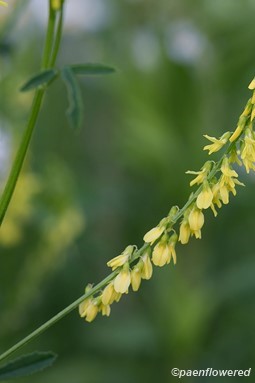
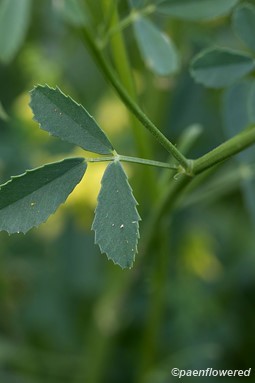
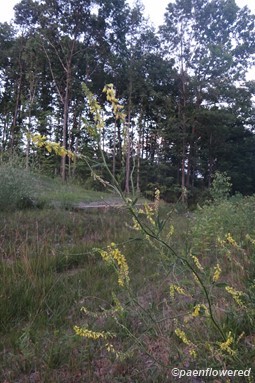



Comments
Have you spotted this plant in your area? We'd love to hear about your experience! Share your comments or questions about the plant below. Comments are moderated before posting.